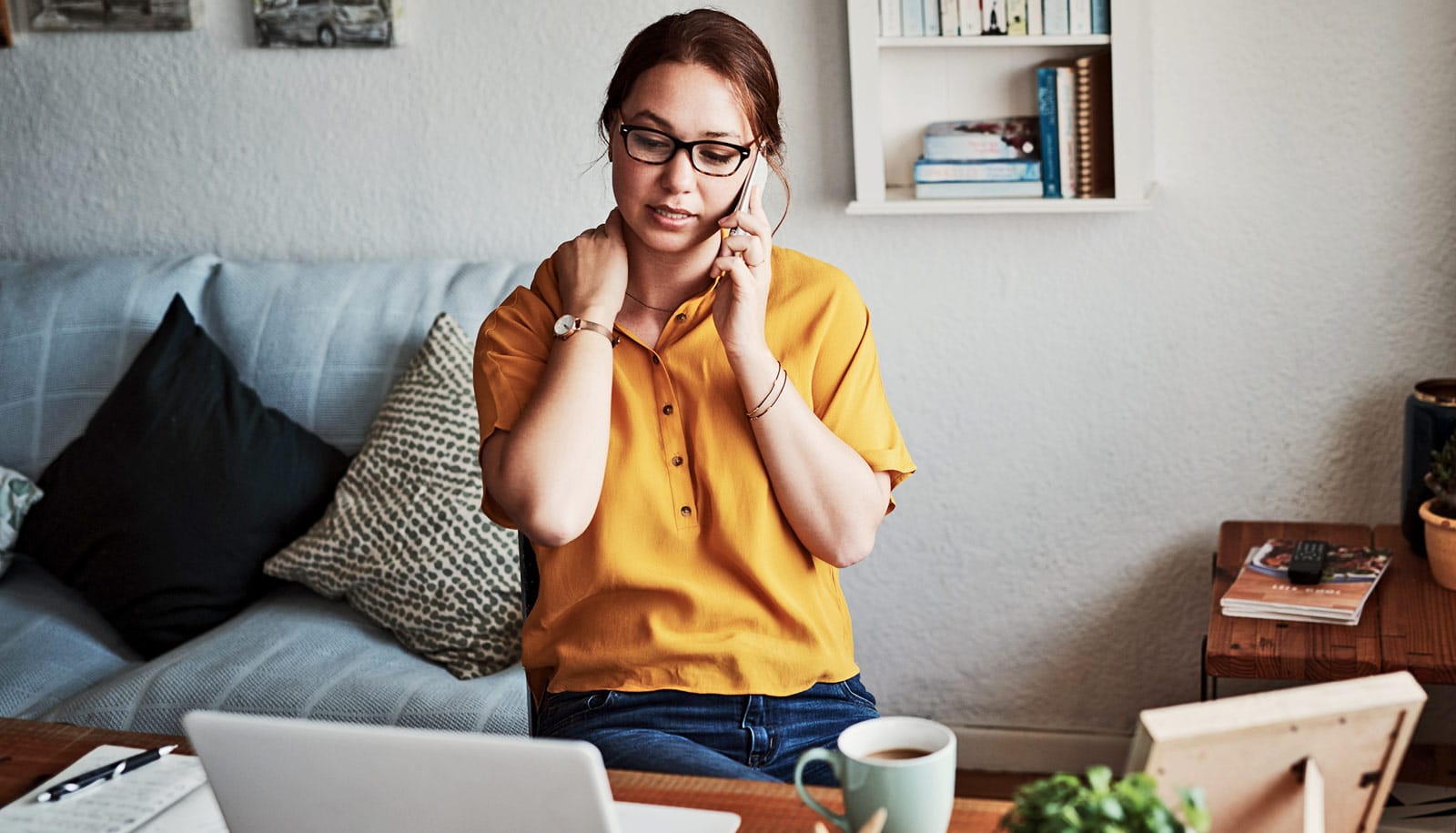Research suggests there are two types of employees who work from home: segmenters and integrators.
Segmenters like to keep work at work and home at home, unlike integrators, who are content to bounce back and forth between home and work obligations, polishing a project at 10 PM and folding laundry between meetings. But both types need recovery time to stay healthy and productive.
“Even the most integrated workers need detachment from their jobs,” says Brian Swider, an assistant professor of management in the University of Florida’s Warrington College of Business, who says he’s a segmenter.
In a 2019 analysis of 198 studies published in the Journal of Management, Swider and colleagues found that recovery time led to better job performance as well as better sleep, less fatigue, and improved mental wellbeing and life satisfaction.
“Being able to recover away from work is beneficial, and that’s so much harder when work is in your home. It’s important to take that time to separate, but how you do that while working from home is going to be different for everyone.”
Here’s how to create boundaries that best fit your style:
Advice for the segmenters
Because segmenters thrive on compartmentalizing work, Swider recommends keeping to as normal a schedule as possible. That can be hard to do when working from home, so he shared a few ideas to keep segmenters happy:
- Simulate a commute. “If you used your commute to switch from your work self to your home self, can you establish a quasi-commute? Can you take a walk for 20 minutes?” he says. “Look for ways to replicate that separation ritual.”
- Separate work tech and home tech. Instead of leaving his work computer accessible 24/7, Swider found it helpful to unplug his work laptop from his monitor at the end of the day and switch his display over to his home computer.
- Set effective limits. Even with the work computer stowed away, smartphones make work email somewhat inescapable. Swider recommends creating rules that allow for urgent tasks while protecting off-work time. “I won’t answer emails after work hours unless I know the person or it’s time sensitive,” he says.
Advice for the integrators
With remote arrangements extending longer than many anticipated—some permanently—even integrators may need separation. Swider’s has suggestions for them, too:
- Consider going “phone only” after hours. Short email replies you can handle via smartphone might be fine, but experiment with postponing tasks that are more involved. “If you’re like a fly to bug zapper with your work computer, turn it off. Shut down and treat it as if you left it at office,” he says. “If it can’t be handled on the phone, it can wait until morning.”
- Prioritize. “If you have a job where there are consistent demands after hours, set boundaries for which tasks you need to deal with immediately.”
- Make goals specific. Vague promises to cut back aren’t likely to succeed. Instead, make it measurable, such as “I’m only going to work for an hour after dinner” or “I’ll only address five emails after 5 PM.”
“Some people are going to struggle with it. No one’s going to be perfect,” he says. “But the closer you can replicate your pre-COVID routine, the closer you get to feeling more normal.”
Source: University of Florida



